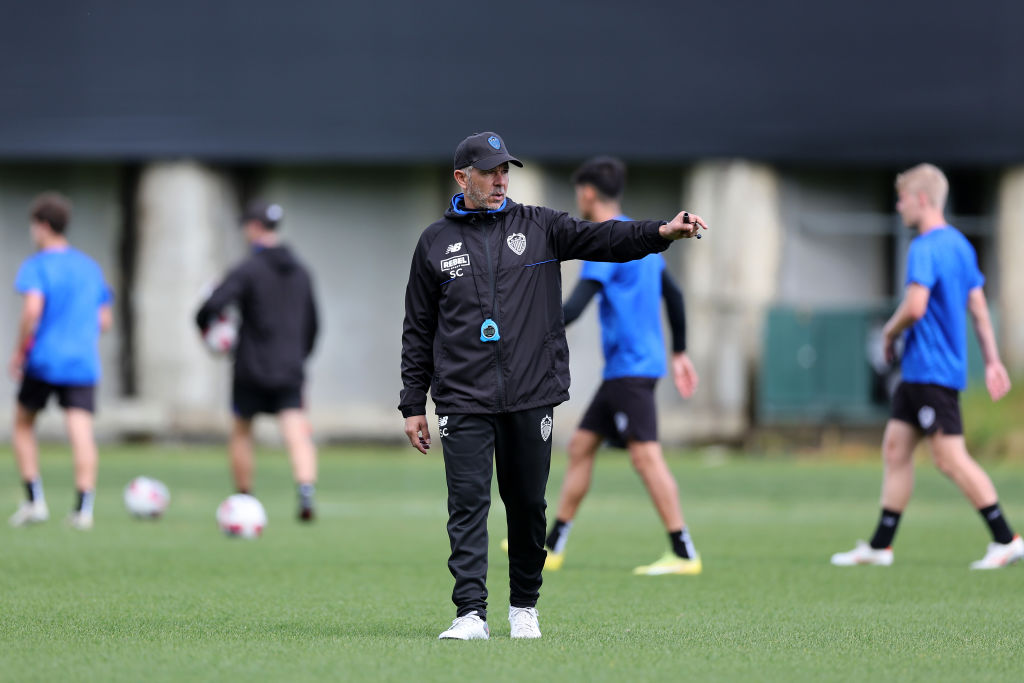Auckland FC’s director of football Terry McFlynn speaks to the A-Leagues about the launch of the club’s inaugural development team in New Zealand, the process behind it and the involvement of head coach Steve Corica.
Auckland FC’s historic Isuzu UTE A-League may have come to an end, but the Black Knights are still making history.
The competition’s newest team made a splash in their inaugural campaign – breaking records and winning the Premiership as they narrowly missed out on a Grand Final berth.
Now, Auckland’s development team is taking centre stage with an historic season of their own. Launched in March, the reserve outfit are in the midst of the 2025 Northern League campaign.
It is all part of Auckland FC’s vision for football in the city.
“It’s really exciting,” director of football Terry McFlynn told aleagues.com.au. “There wasn’t a professional football team in Auckland for 17 years. When we started to piece the A-League team together, we knew that we wanted to build a team for the community, from the community.
“So we tried to get as many New Zealand players as possible into the A-League roster, as many Auckland boys as possible into the A-League roster. Then we knew probably six, seven months down the track, we’d start the reserve team and the basis of that squad will all come from the local league, come from Auckland.
“We signed eight scholarship players as part of our A-League squad, and we knew that would make up 50% of the reserve matchday squad, if and when that all kicked off.
“The pleasant thing for us was that a couple of those scholarship boys in Liam Gillion and Jesse Randall, they kicked on and got into the A-League squad on a regular basis, and did very well for the first team. So we’ve had a group of young men, 17 to 19-year-old boys. Five of them have actually just been away with the under-20 national team in Chile. They’ve been training full time with the A-League squad for the last 10 months since July last year.
“We knew going into the NRF (Northern Region Football) season that they’d be better for it. Obviously we scouted the local leagues, and we had open trials. We got players in for games, and then once we got the head coach in place and the assistant coach, then we assembled the reserve team squad, and they’re up and running.”
McFlynn continued: “We said right from the very start that we wanted to create opportunities for young boys and girls. Whether that be into the A-League or overseas directly.
“I think you saw that with Alex Paulsen very early on in the piece, when the club was up and running. The owner made it very clear that once Bournemouth was interested in signing Alex and the opportunity to bring him back to Auckland for a season, it was too good to be turned down.
“I think (it was) twofold. We got one of the best goalkeepers in the competition for that season, but it also demonstrated to the public that the pathway was real. It’s not just a statement. It’s not just something that it’s nice to throw around with sister clubs in England and Scotland and Japan and Portugal, but it was actually real.
I think the average age of our squad last season was 26 so obviously that’ll start creeping up 27 to 28 next couple of years. So it’s important for us to have the younger players ready to come in and push the the older players out and again, create opportunities for them to go overseas and financially do okay for themselves.”
Fans, rivals and pundits now see the end product of months and months of planning in the development space.
As soon as billionaire American owner Bill Foley and Auckland FC were granted an Isuzu UTE A-League license, attention swiftly turned to building a youth programme.
“When we started this project back in November 2023, we knew it wasn’t going to be a short-term thing for us,” McFlynn said. “You’re building a football club that’s going to be sustainable. It’s going to be around when Steve (Corica) is gone, when I’m gone, when we’re all gone.
“We had a real duty of care, one to the owner, and two to the people of Auckland to build something that they can be really proud of.”
Luke Casserly is the inaugural coach of the Auckland FC reserves, but preparations started long before his February appointment in a bid to align the club’s vision.
“That was a big one. We wanted to make sure the coaching group that we brought in was aligned with the first team philosophy,” McFlynn continued.
“We don’t necessarily need to play the same system, but definitely the same principles apply after they exist throughout the teams that we’ve got.
“We made a conscious decision as a club not to have an academy all the way down to Under-13s. So the NRF teams that are here in existence, they do a great job in youth development.
“So we’ve partnered with all the TDP clubs, the talent development programme clubs – there’s 18 of them across the greater Auckland and BOP region. We’ve got memorandums of understanding with all of them. We provide coaching resources, we provide video analysis, education seminars, nutrition, and the big one for us was strength and condition.
“So we brought in a full-time strength and conditioning coach to work within the reserve and development centre space. Then he set programmes, and that’s distributed to all the NRF clubs.
“The reason behind that – what we didn’t want to do was decimate all the other clubs. Take three or four of the best players from each club, put them in one team, and then basically you dilute the competition.
“So for us, we we run a development centre, which takes place on a Monday night. We’ve got two age groups, 14 to 16 and 17 to 18. Those players come from the local clubs, and our F clubs are called be like the NPL back in Australia.
“They train with the clubs Tuesday, Thursdays, and they play with the club on a Saturday. So they get an extra development training with us. It’s not always on the grass. Sometimes I’ll be in the classroom working on tactics, working on video analysis, working on nutrition, strength and conditioning, understanding what it means to be a professional footballer.
“Then probably 17 onwards, then that’ll be the next group of young men that we bring in as full-time scholars into the programme that would play in the reserve team and train with the first team.
“It’s a staged approach in terms of succession planning, but we want to do is, we want to upskill the coaches in the whole region. We want to develop as many players as we possibly can and actually enhance the competition at all levels.”

Black Knights head coach Steve Corica played a key role in shaping the development team.
A two-time Premiership and Championship winner, Corica scouted youth-team football along with his first-team staff.
“Before we got the coaches in, we’d been watching a lot of football,” said McFlynn. “So part of building the A-League squad, our head of recruitment Doug Kors did an amazing job getting a full handle on the local scene in New Zealand.
“Steve, Doug and myself, we’d gone to watch three, sometimes four games a week before the A-League started. We’re watching school football, U23 football, reserve team football, first team football. We had a pretty good idea of the top, sort of 20-30 kids in the Auckland and BOP (Bay of Plenty) region.
“Eight of them were identified to come in as scholarship players, so they’ve been in the programme now for 10 months. It was really just about making sure we did the right thing by the rest of the clubs, and not taking five and six out of one club and again, decimating the competition.
“It just sort of naturally progressed. We knew probably the top 25 players that we were looking at for that reserve team. We worked closely with Martin Bullock and Chris Greenacre, who are the under-17 and under-20 national team coaches as well.
“It was a real, staged approach in that we want to make sure that we had the best talent in the building, not just players, but coaches as well.
“One of the gaps that we identified in terms of development here was the strength and conditioning component, and through no fault of the clubs, is purely down to a time thing.
“So if you’re coaching, you’ve got your playing group for two nights a week, not that you see strength and conditioning as a waste of time, but you want to get them on the grass, and you want to get that fluidity and togetherness in terms of cohesion, passing Drills, possession drills, tactical stuff, set pieces. So it just becomes a time poor thing.
“We made a conscious decision to bring in a full-time strength and conditioning coach just to work in that youth development space.
“So Peter Shaw came in. He goes around the clubs on Tuesdays, Thursdays, works with the strength and conditioning coaches at each club, makes sure that the technique is right, everything that they’re doing is in line with what our programme is.”

Corica remains in close connection with the reserve squad.
McFlynn added: “Steve’s across every player at the club. That’s the great thing about him.
“We all train at the same facility. So the youth team are in at 6:30 in the morning. They’re on the grass at 7. They finish by 8:30 so they can get off to school. Luke Casserly, who’s their head coach, Brian Shelley, they come to our 8:30 meeting in the morning with the A-League staff. They give us a report on the training. Who’s been doing well and then we rotate the boys to come up and train with the first team as well.
“Young players like Everton O’Leary, and Codey Phoenix, Semi Nabenu, boys that are doing really well for Luke, they’ll get rewarded and come up and train with the first team maybe once or twice a week.

“In terms of going to the games, all of our A-League games are Saturday nights at 5pm so we asked the NRF local competition here, if we could have our reserve team games on Sunday at 3 or 5. That means that we give the players who didn’t get minutes on the Saturday in the A-League team the opportunity to get minutes in the legs on the Sunday for the reserve team.
“We make sure that we get to all those games as well. Steve, myself, Danny, Jonathan Gould our goalkeeper coach – he runs the whole goalkeeping programme right across the whole club.
“So in terms of the connection from A-League staff to the reserve team, it’s constant. They’re in the players lounge every morning having their breakfast and coffees, and we’re all there checking in with them as well. There’s a real togetherness across the club.”
With everything well and truly in place, the next generation are ready to emerge at Auckland FC.
From young full-back Codey Phoenix to Fiji international Semi Nabenu, who has been likened to Dan Hall.
“I think out of every contracted player that was at the club last season, only one player didn’t actually get any minutes in the A-League, and that was Ollie Middleton,” said McFlynn.
“That was through no fault of his own. He had a couple of little injuries at bad times, but he’s a phenomenal young player. He’s a number eight, runs box to box, can play off both feet, scores goals, technically very good.
“I think out of the new crop that’s coming through, Codey Phoenix, he’s a left-back. Semi Nabenu, he’s played for the Fijian national team, centre-back, very similar to Dan Hall, very, very good defender. Reads the game very well. Great range of passing.
“We have a lot of talented boys that I would say will be involved in the Australia Cup.”





